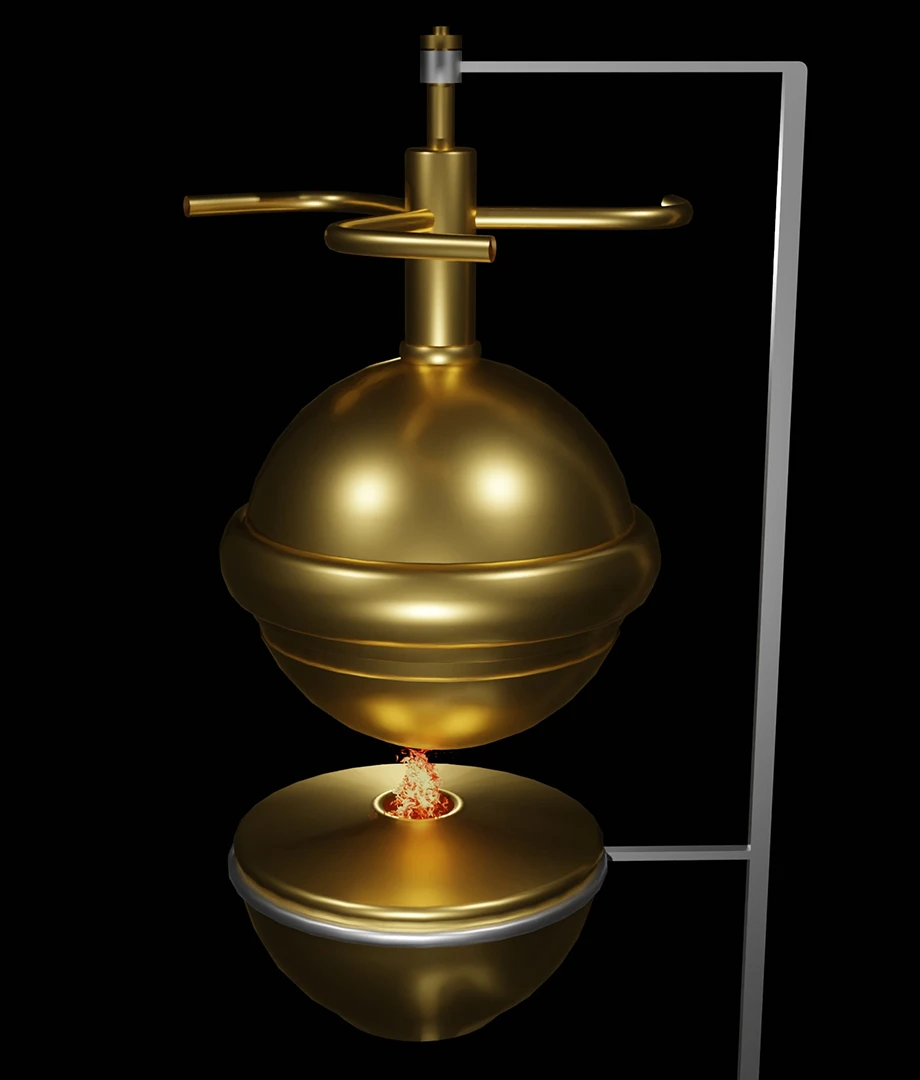& Construction

Integrated BIM tools, including Revit, AutoCAD, and Civil 3D
& Manufacturing

Professional CAD/CAM tools built on Inventor and AutoCAD
Innovation in any field, especially in fast-moving industries like tech or product design, comes with inherent risk—and the potential for great reward. For every game changer like the iPhone there are many more flops like Google Glass.
For Jonathan Brill, entrepreneur and futurist, innovation is finding ways to make old systems do new things. “Innovation is risk-taking,” he says. “You are adding volatility to a system by trying to change it. You are creating a thing that does not exist in the world and trying to do things that will allow it to scale in a sustainable way.”
His book Rogue Waves: Future-Proof Your Organization to Survive and Profit from Radical Change focuses on how to future-proof business, capitalizing on social, technological, and economic trends to turn threats into opportunities. A veteran of the product design and engineering industry, he says that this field of the economy is more likely than many to hunker down against these rogue waves instead of trying to harness their potentially destructive—but also productive—power.
Engineering and manufacturing’s risk-averseness is grounded in the industry’s inherent connection to hardware- and capital-expense–intensive production cycles. Because of high capital expenses at the outset, once the manufacturing process is set, there is a strong incentive to keep the production lines churning at all costs—even costs to future productivity gains that might come by stopping a while to tinker. So how do business owners drive innovation, in an environment designed to be risk averse?
“Updating things doesn’t necessarily generate revenue in pure dollars and cents. It’s a process improvement, and that’s a very difficult sell,” says Andrew Humiston, a CAD designer at Minnesota-based PHS West, which manufactures customizable, motorized endoscopy medical carts. Recently, PHS West has expanded its product offerings to serve the data center industry, designing and building industrial tugs that pull servers off palettes for installation and slot them into place.
A/B product testing between the standard model and a product of attempted innovation is far more time-consuming and costly in the manufacturing and engineering sector than in digital technology. The need for hardware manufacturing also stretches supply and quality control attention further than in other industries.
There are many downstream variables in the engineering world that don’t come up with digital applications. An American company selling a product in India that’s made in China has to overcome economic gaps and cultural variables as it jumps from origination and design in one country, to production in another, and finally to market in a third.
What engineers and manufacturers need most is a plan to build innovation into the business workflow. Humiston thinks of this process as “saving pennies,” he says, planning to sacrifice short-term productivity in favor of long-term innovation; banking a savings account of investment in the future.
Rogue Waves offers a set of diagnostic questions to ask your business that can help you prepare for innovation, including:
Are you looking at the right scale? Which level of granularity offers the most potential to increase your productive capacity? Brilliant as he was, Sir Isaac Newton spent many fruitless years trying to turn mercury into gold without an awareness of the atomic makeup of elements.
What is possible and what is inevitable? While the best and worst outcomes are transfixing in their own unique ways, they’re also less likely to happen.
Is a given factor true for the entire group, or only for a subset of the group? Try to counter the desire to generalize and focus on obtaining verifiable data.
Do two different factors have a causal relationship or just a correlation? The inherent desire to ascribe as much meaning as possible to the messy reality of life often pushes people toward causation when it’s not warranted.
With the current set of tools, how far into the future can the business extend its expertise? Here, decision makers must balance the near-inevitability of better future-casting tools’ arrival with their own view of how far ahead it’s possible to see.
A clearly articulated goal should drive the questions you ask. Simply “better” is not good enough. Once these questions have been asked, the next priority for innovating engineering is working through them as quickly as possible to force their failure points, a process Brill calls “reality testing.”
New tools in the engineering and manufacturing space make this process faster and cheaper than ever before. Generative AI (part of Autodesk’s Fusion platform), for example, allows companies to take on more risk upfront for rapid and economical prototyping. AI generates variation after variation based on a set of given constraints, arriving at solutions beyond human intuition.
“It allows us to suddenly start to look at more variables up front in the process so that we’re de-risking much earlier,” says Brill. Add a 3D printer or other next-generation production method to the mix, and these rapid, cheap prototypes can be field-tested beyond simulations.
This kind of process allows companies to manage and control a greater amount of risk, altering variables one at a time and testing them conclusively. This makes engineering, often a conservative field hidebound with functional requirements, a field of “yes, and” instead of an echo chamber of resounding “no,” says Brill. “That’s when engineering becomes a lot more exciting because you’re working with potential instead of limits.”
Humiston at PHS West recently revamped the company’s entire production process using Autodesk Inventor. Previously, the company’s custom-designed endoscopy medical carts necessitated a fairly manual process, where the sales team members collected the functional requirements from customers and product designers applied these to the digital model step-by-step, feature-by-feature. Now, the sales team fills the required specs into a customized user form, and Inventor generates a price-quotable design automatically. “It builds the cart for us,” says Humiston. “The process used to take an hour and a half. Now it takes just a few minutes.”
But innovation is not only about technology. “It takes two elements to do something new,” says Humiston. “It takes the knowledge of whatever you are doing, and it takes the ability to communicate.”
Teamwork and communication are irreplaceable human skills that must be embedded in the corporate culture of a given organization. But these skills can be helped along by technology if they already exist. The products in Autodesk Construction Cloud, for example, are largely communication tools, allowing disparate team members with different goals, deadlines, responsibilities, and abilities to come together around the same digital twin of their project.
Engineering innovation is also largely dependent on contextual factors like media and culture that can either exponentially expand the reach of a given innovation—or collapse it into an odd curio.
Just ask Heron of Alexandria, who invented the steam engine in the first century AD to not as much acclaim as one might expect. Called the aeolipile, Heron’s steam engine was a hollow metal sphere filled with water and placed over a brazier. When the water boiled, steam escaped out of two tubes at the sphere’s side, forcing the sphere to rotate. In ancient Greece, the aeolipile was considered a toy, or at most an inconsequential gadget.
It would take another 1,600 years for the steam engine to re-emerge in a way that could be leveraged and manufactured at scale—and subsequently change the world. The difference is that beginning in the 17th century and carrying into the 19th century, the world was ready to scale up the steam engine. The corporate business model of private investment had been perfected, allowing flexible and rapid redeployment of resources. The international geographic span of business interests meant that raw materials could be procured, refined, and delivered as finished components and finished products. Mass media allowed for advertising to spread the word, and for journalistic accounts to set a cohesive and widespread civic agenda that prized these sorts of technological innovations.
Many of these outcomes are simply inevitable products of the Enlightenment era, a radical ideological shift in worldview that caused people to value different things. Innovators in engineering today have to keep the same lessons in mind. New isn’t necessarily better, and tools and processes stand on equal footing.
“The question isn’t about technology,” says Brill. “It’s about how you tie it directly to value and a business model.”
Zach Mortice is an architectural journalist based in Chicago.
Emerging Tech
Executive insights
PD&M








